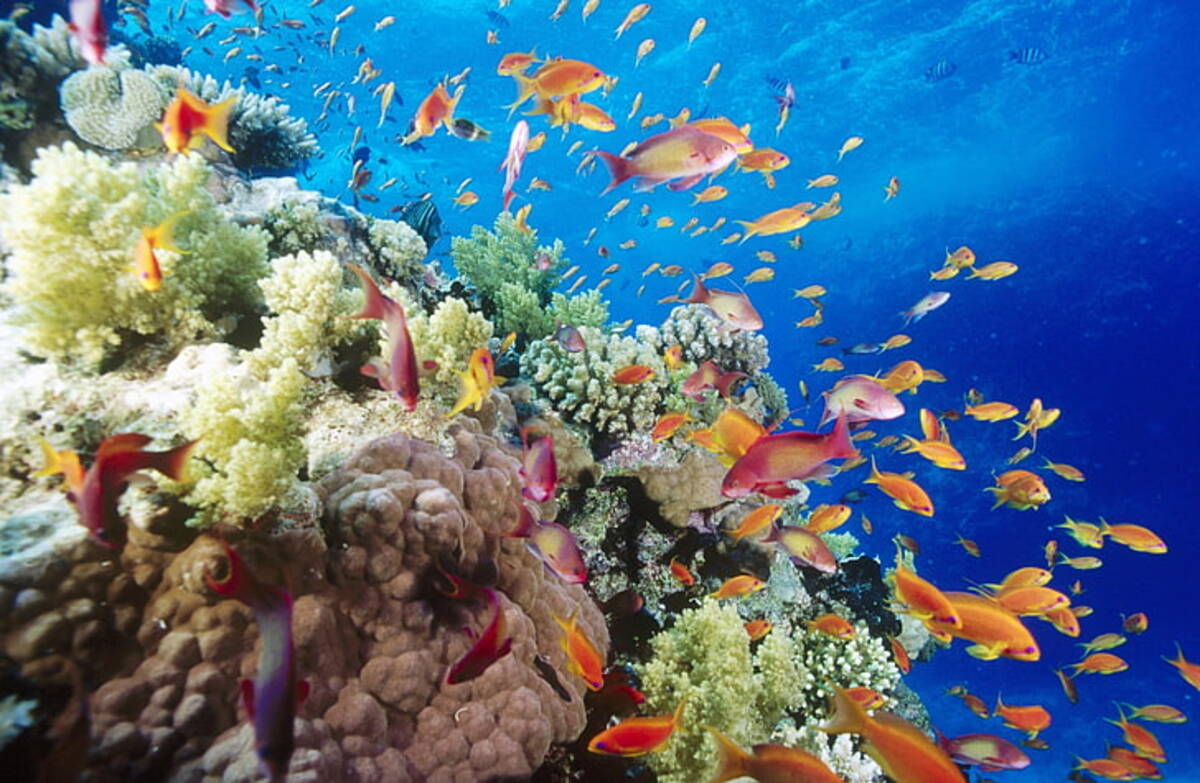Egypt is the host of the next COP27 climate summit that will hold next month. The host city, Sharm el-Sheikh same like other resorts in the Red Sea face climate change and harmful human activity toward the environment. The Red Sea resorts have one of the world’s most valuable coral reefs that are endangered.
Outside of Southeast Asia, the Red Sea reefs have the greatest diversity of species. They account for about 5% of the global reef cover. Egypt’s coral reefs fringe coastal towns such as Hurghada, Marsa Alam, and Sharm el-Sheikh, where the United Nations conference will be held from November 6 to 18.
Coral reefs face an existential crisis
According to the Global Coral Reef Monitoring Network, many of the world’s reefs are now facing an “existential crisis,” with 14% lost between 2009 and 2018. The reason is the warming of the ocean’s surface and increasing acidification due to climate change. The other reason is human actions. Development of tourism, overfishing and coastal construction are polluting waters.
Corals, as invertebrates, secrete calcium carbonate to build up their protective skeletons. There live algae, giving the corals brilliant color while providing energy. However, corals are temperature sensitive. Even a 1 or 2-degree Celsius change can cause them to expel their algae. Then it leaves behind the white skeletons seen as a “bleaching” effect.
Egypt’s reefs are doing better than others
According to Suez University marine biologist Mahmoud Hassan Hanafy, Egypt’s corals appear to be adapting better than corals elsewhere. They suffer less from bleaching.
Hanafy says that could be because coral reefs there are accustomed to large temperature swings caused by seasonal changes in the gulfs of Aqaba and Suez. He supposes that water currents may be limiting the impact of warming in the area.
He adds that coral reefs in Egypt probably will be among the last remaining in the world. According to Hanafy, that means that a unique ecosystem like this will provide hope for humanity.
Scuba divers, on the other hand, are another threat to the Red Sea reefs.
According to Hanafy, up to 9 million divers visit the area’s 258 dive sites each year. That’s too much. Tourism developed to that extent has the potential to disrupt marine life and damage reef structures. The tourism industry also means increased building activities and touristic boats. Decades of coastal development also harmed the environment.
Various environmental groups and institutes constantly take different measures to prevent destroying the precious coral reefs. Time will show if their efforts were enough.

